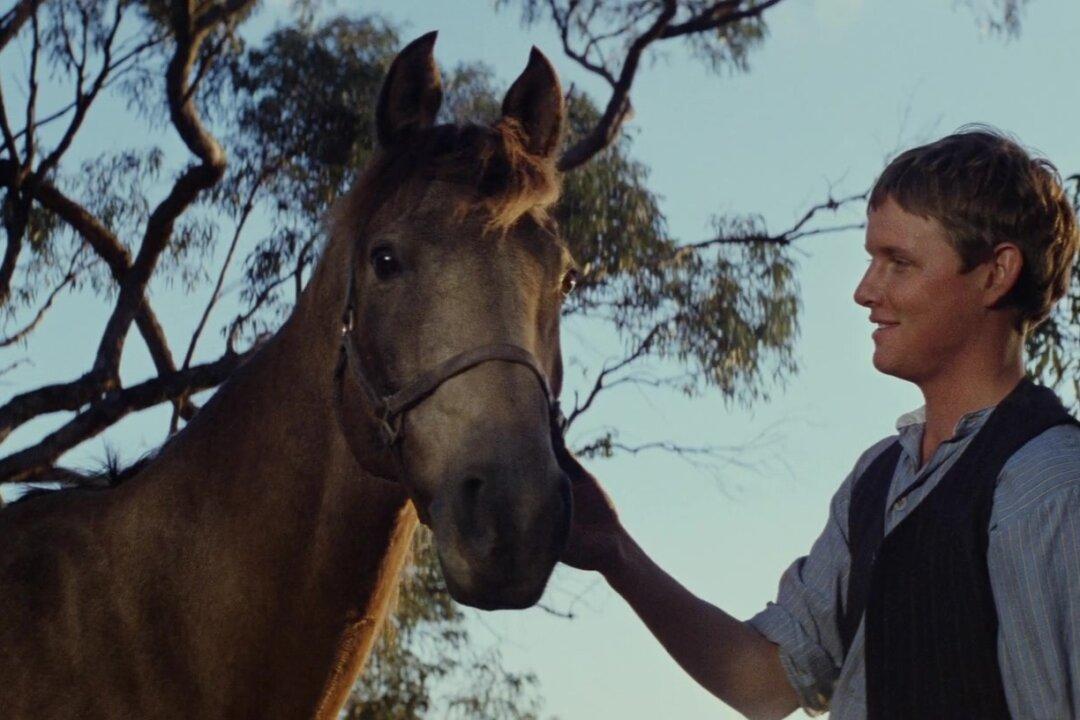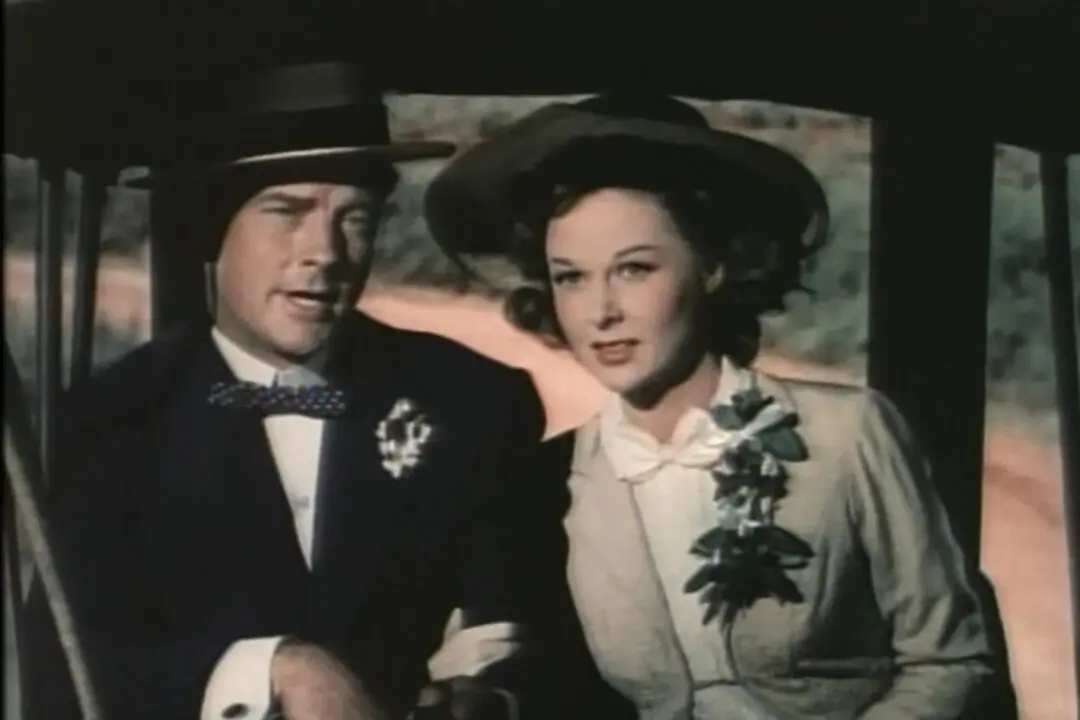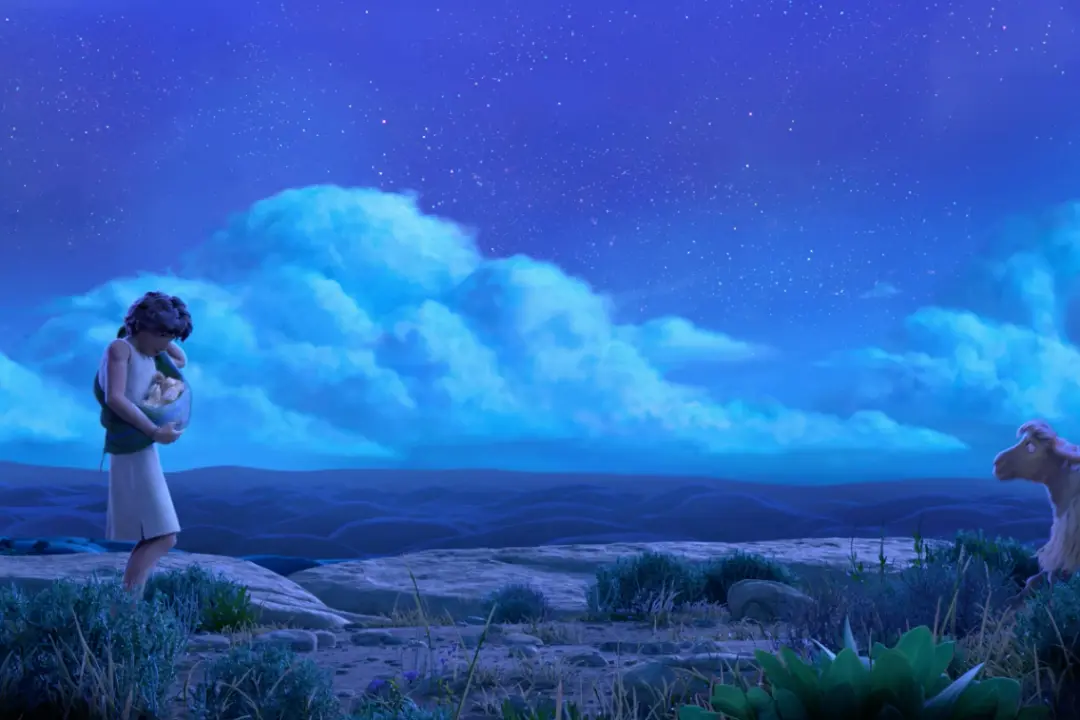PG | 1h 42min | Western | 1982
Set in Victoria, Australia, in 1888, this stunning film salutes the poignant, poetic beauty and vulnerability of the legendary Australian brumby, a wild horse. It tells the coming-of-age story of a boy making his name as a man in wild, open country.





